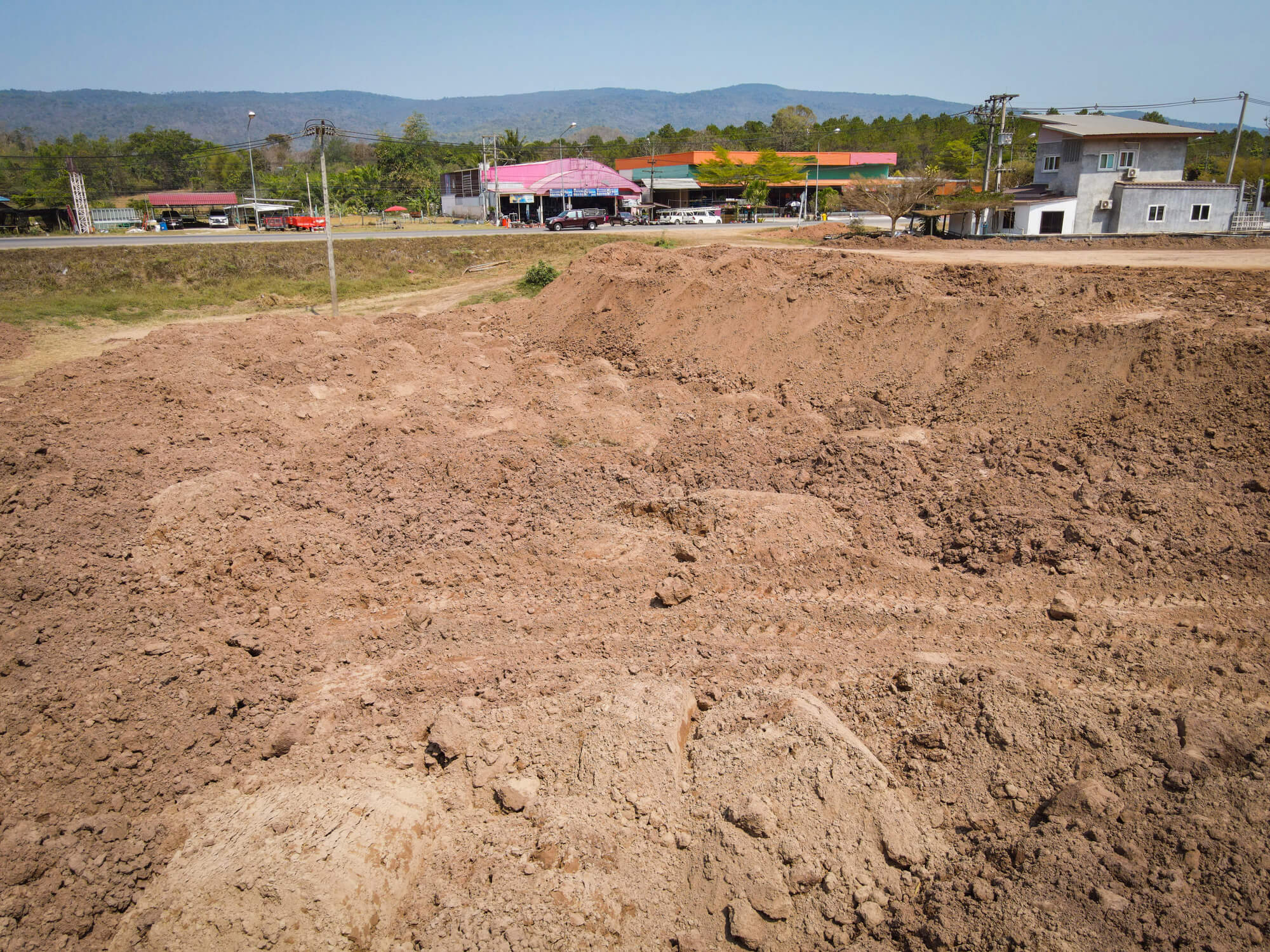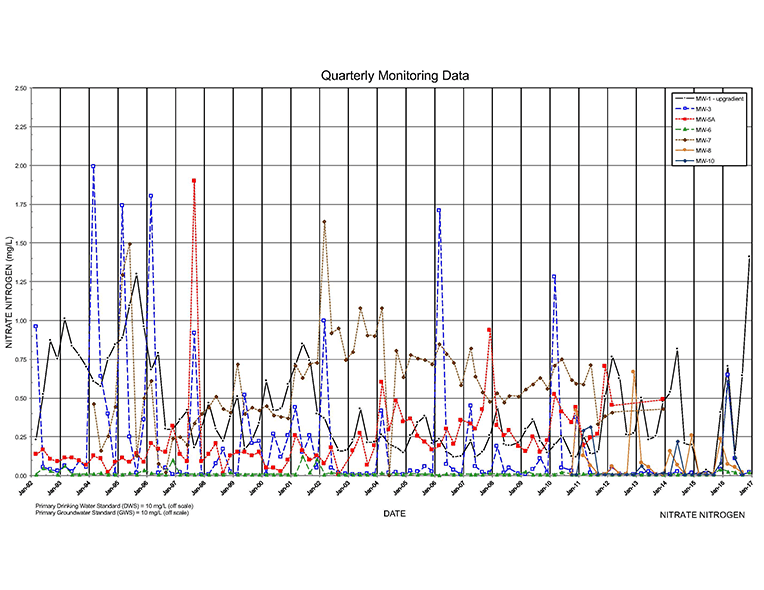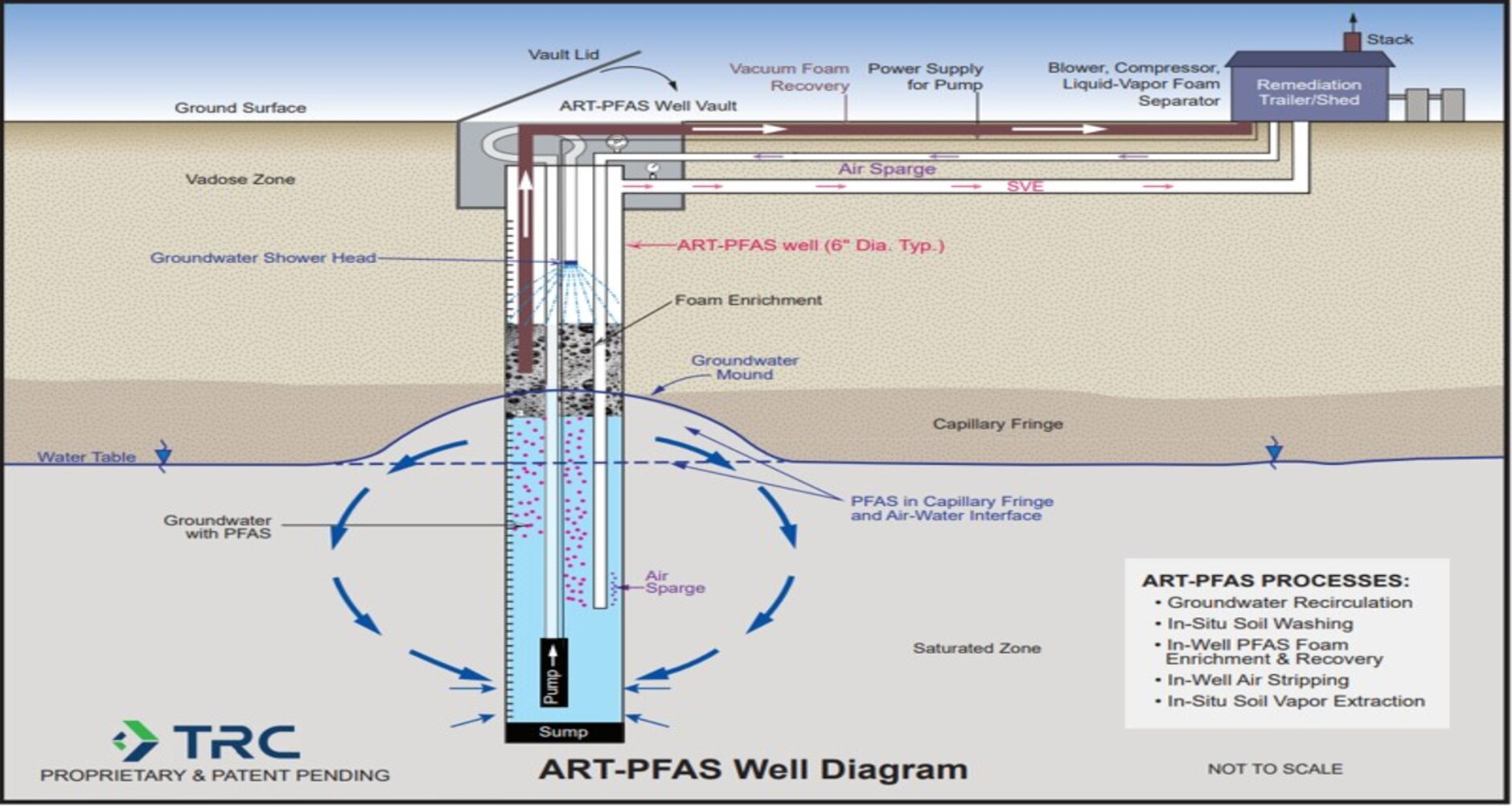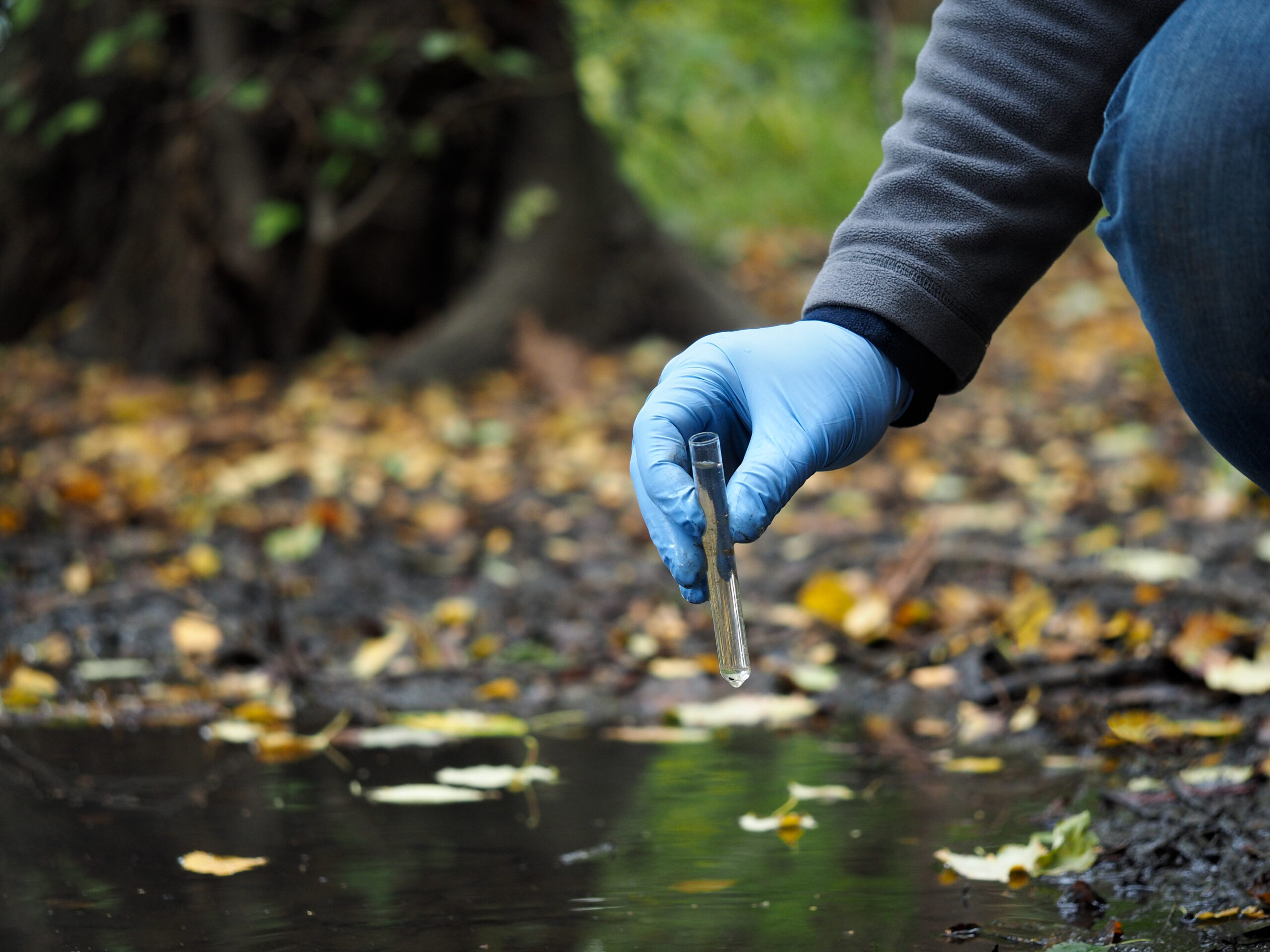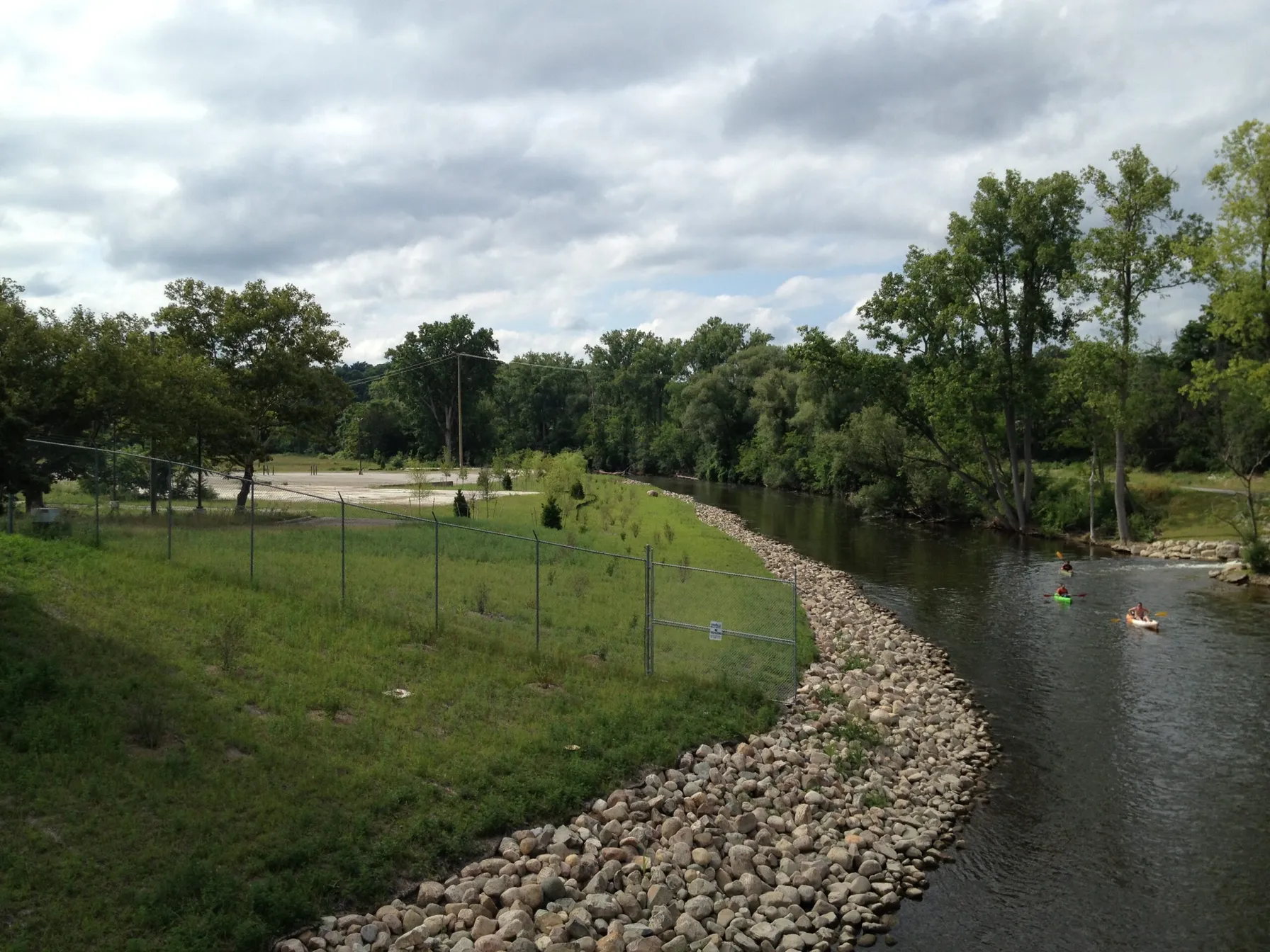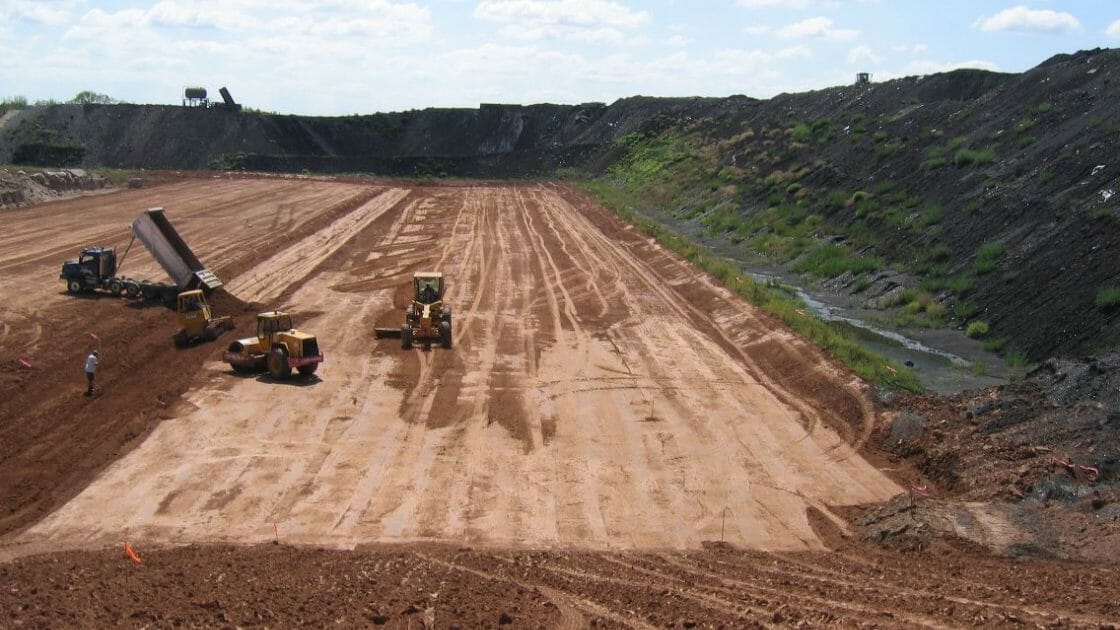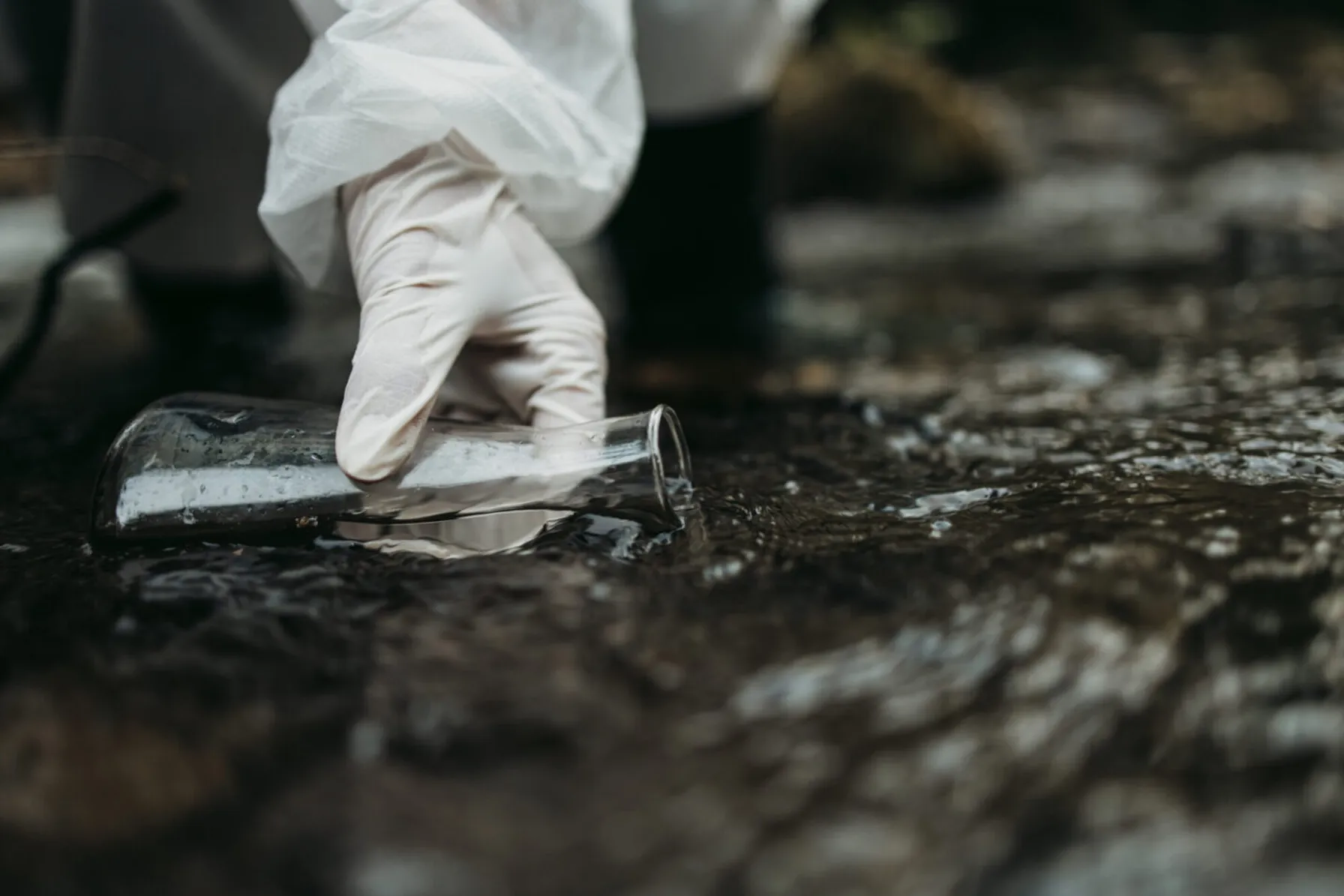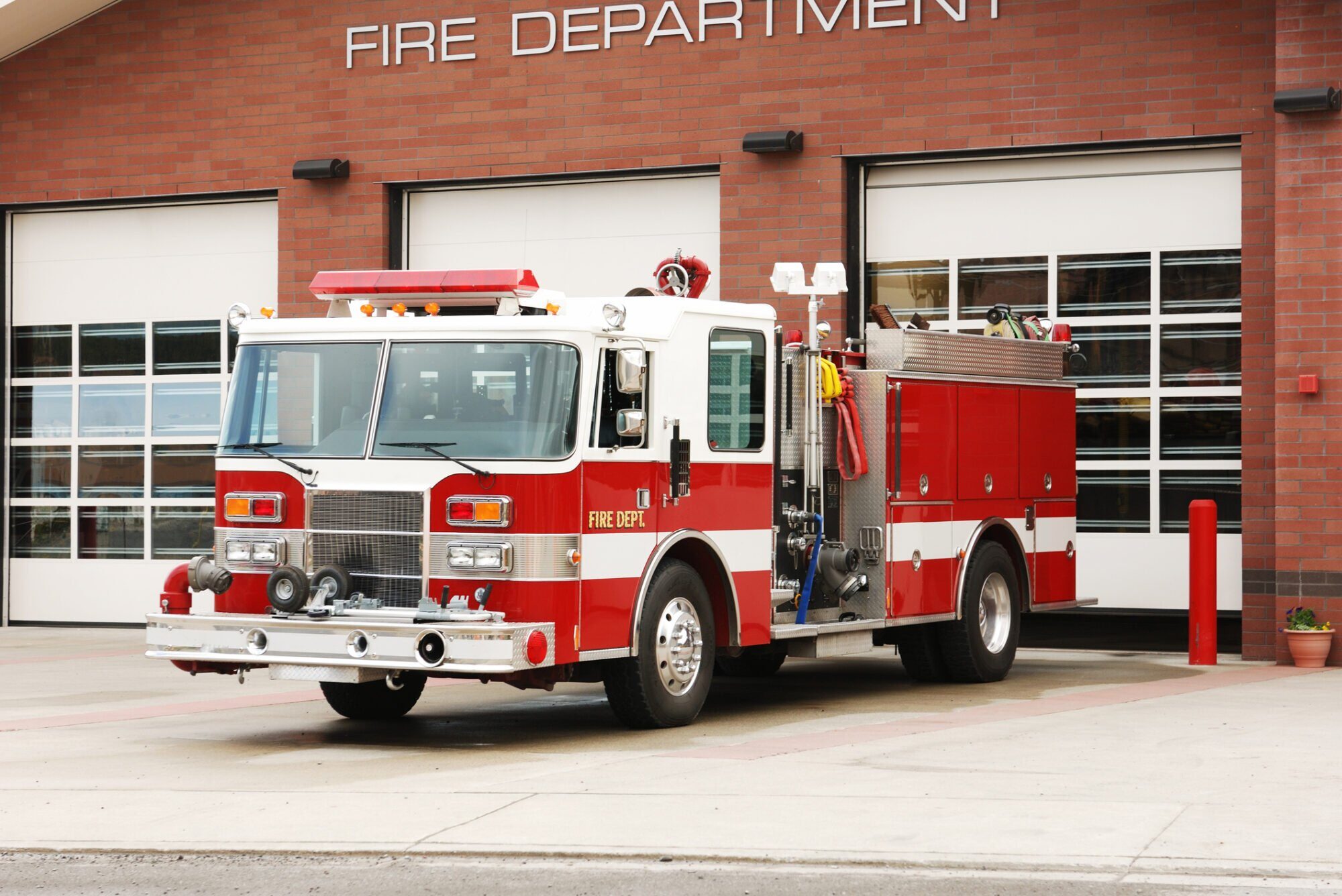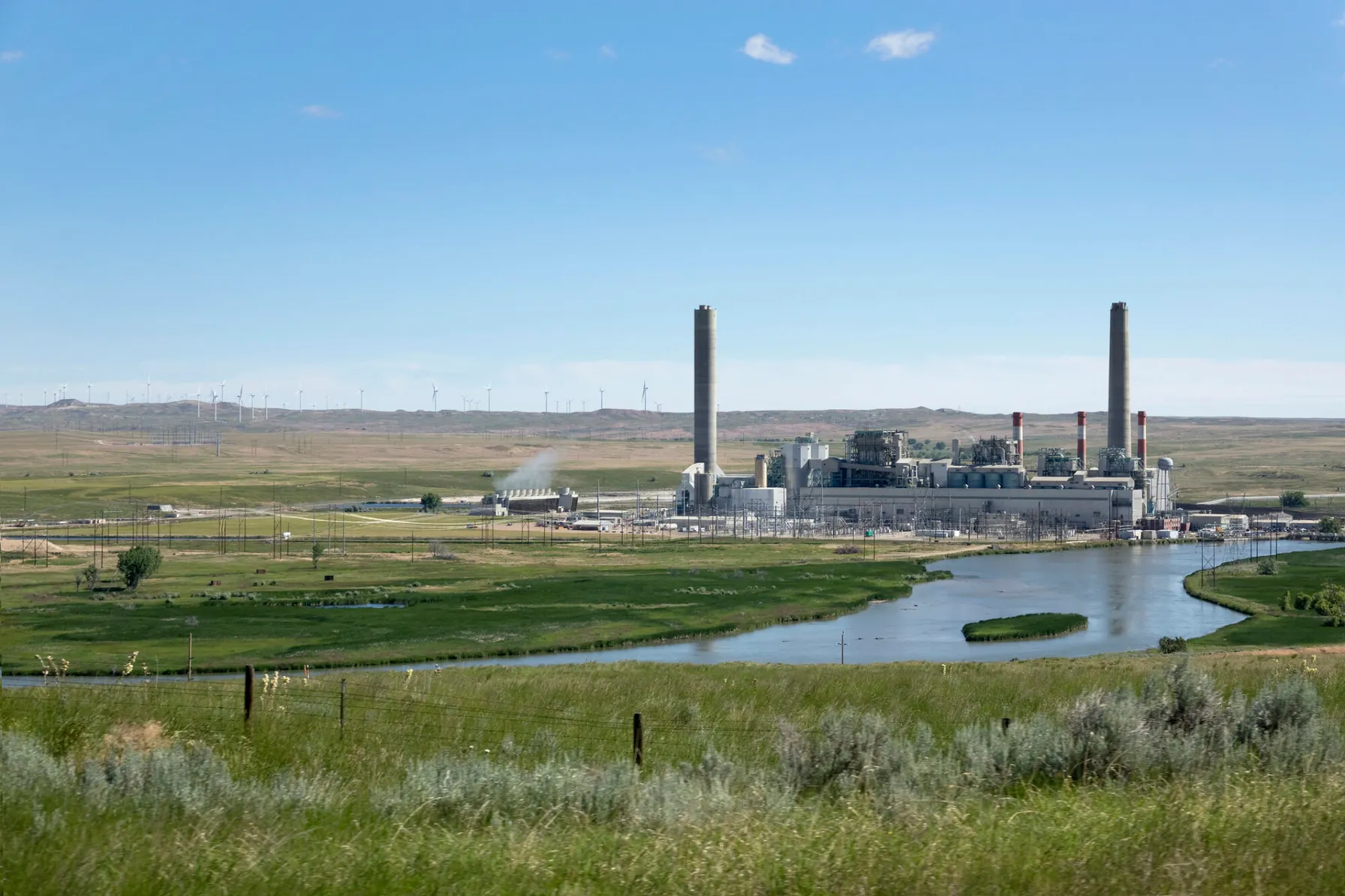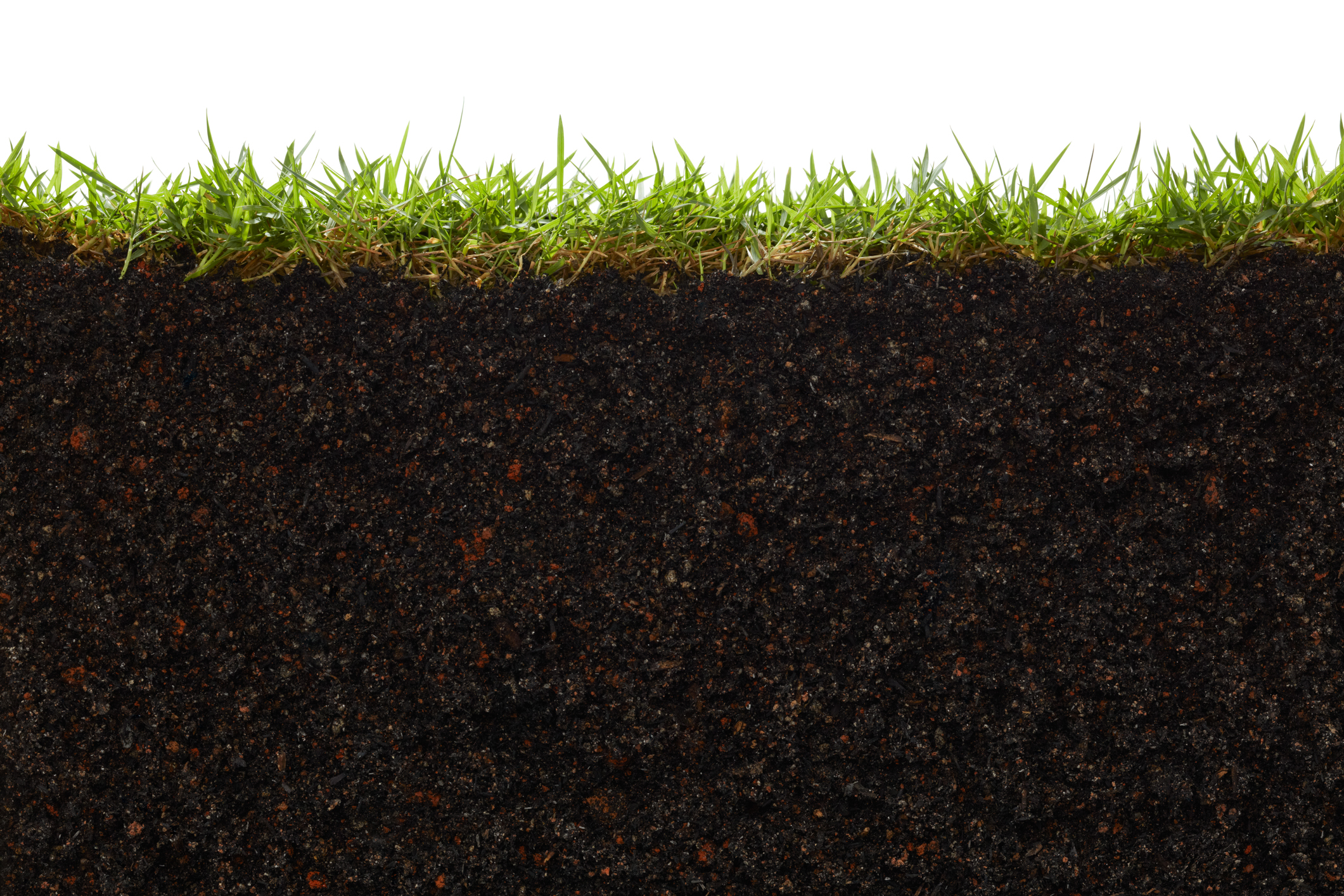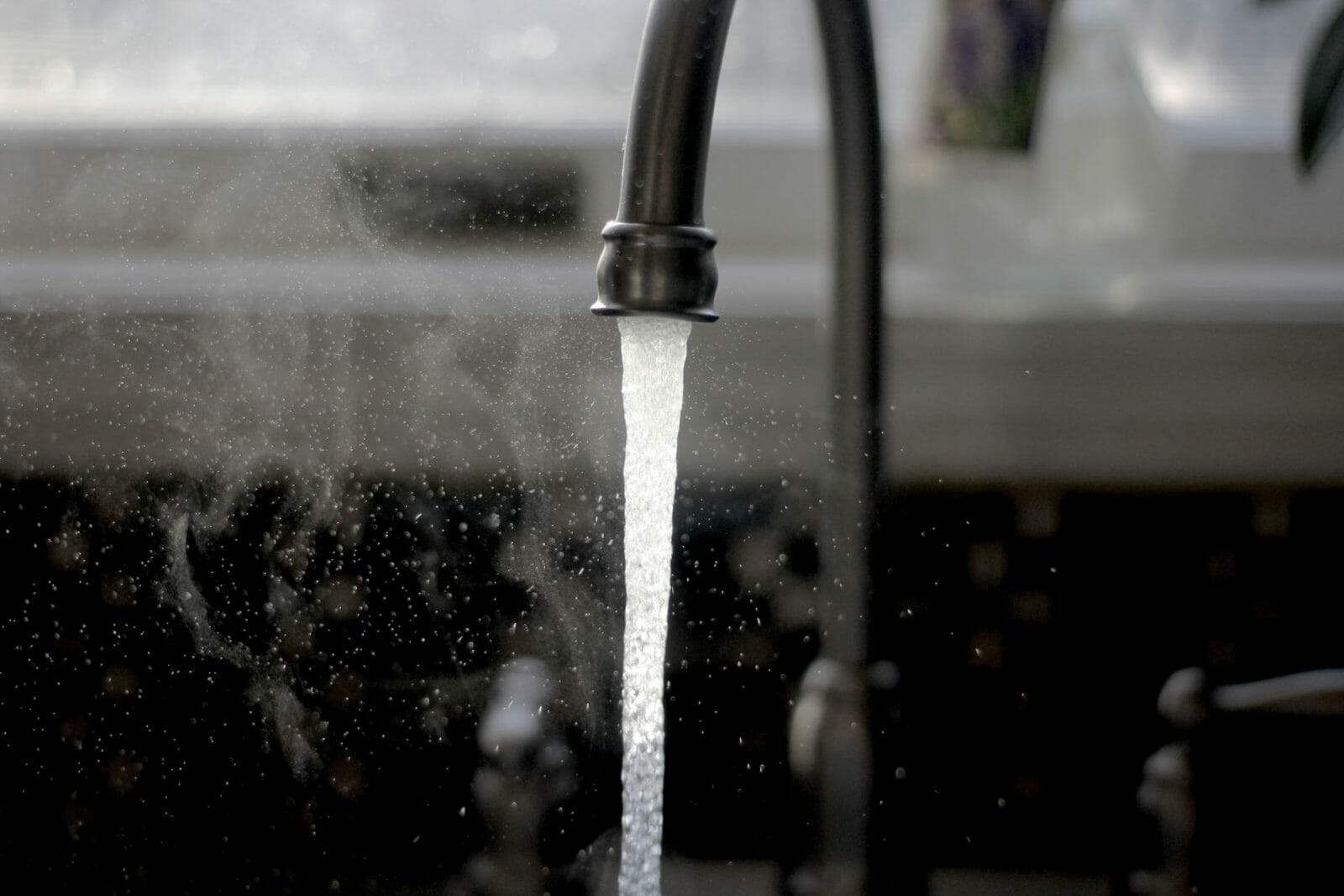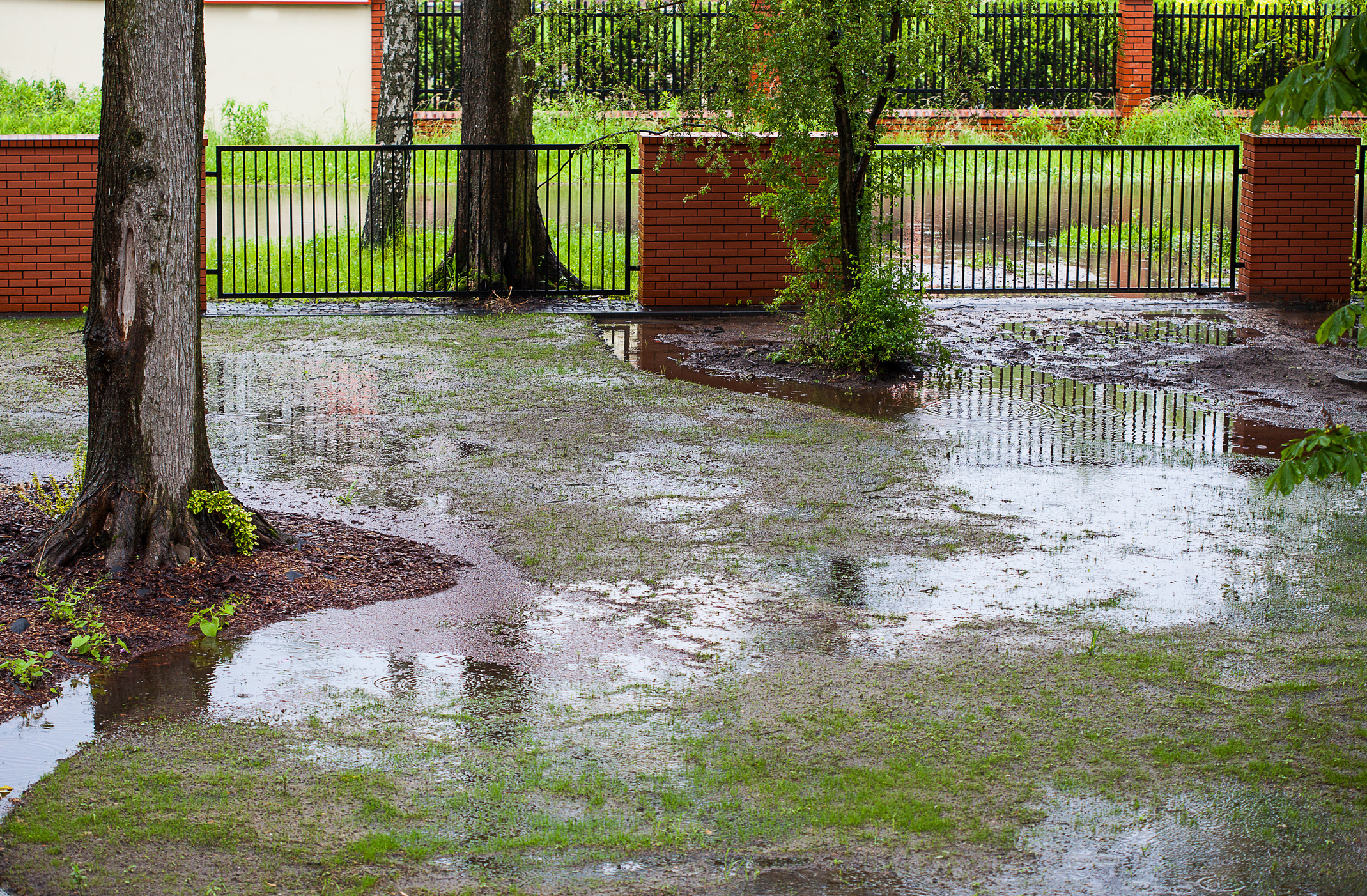United States
The Olalla Landfill is a small municipal solid waste landfill owned by Kitsap County Public Works (KCPW) that is located approximately 0.75 miles east of Highway 16 at the intersection of SE Burley-Olalla Road and Bandix Road in Kitsap County. The parcel contains the landfill and contains the adjacent Olalla Recycling and Garbage Facility, which was never used as a landfill and was established as a transfer station at the time the landfill stopped accepting waste in 1988.
The landfill was officially closed in 1989 in accordance with the Olalla Final Closure Plan. Post-closure activities have been ongoing since closure of the landfill. Post-closure activities consist primarily of quarterly monitoring and maintenance per Washington Administrative Code (WAC) 173-304-407 (Minimum Functional Standards for Solid Waste Handling), “General Closure and Post Closure Requirements,” Kitsap County Board of Health Ordinance 2004-2 and 2010-1, “Solid Waste Regulations,” and Post Closure Solid Waste Handling Permits issued annually by Kitsap Public Health District (KPHD).
EPI also performed a Remedial Investigation/Feasibility Study (RI/FS) for the landfill, which included installing, developing, and sampling two additional downgradient monitoring wells, which required building a gravel road to allow access, temporarily plugging the landfill gas flares and obtaining representative landfill gas samples, performing a test pit investigation to evaluate the nature of material contained in one of the landfill’s two cells, sampling off-site water supply wells, and developing two additional surface water monitoring locations.
Related Projects
Discover the success we’ve had with helping our clients execute major projects and make a meaningful impact on their local communities.
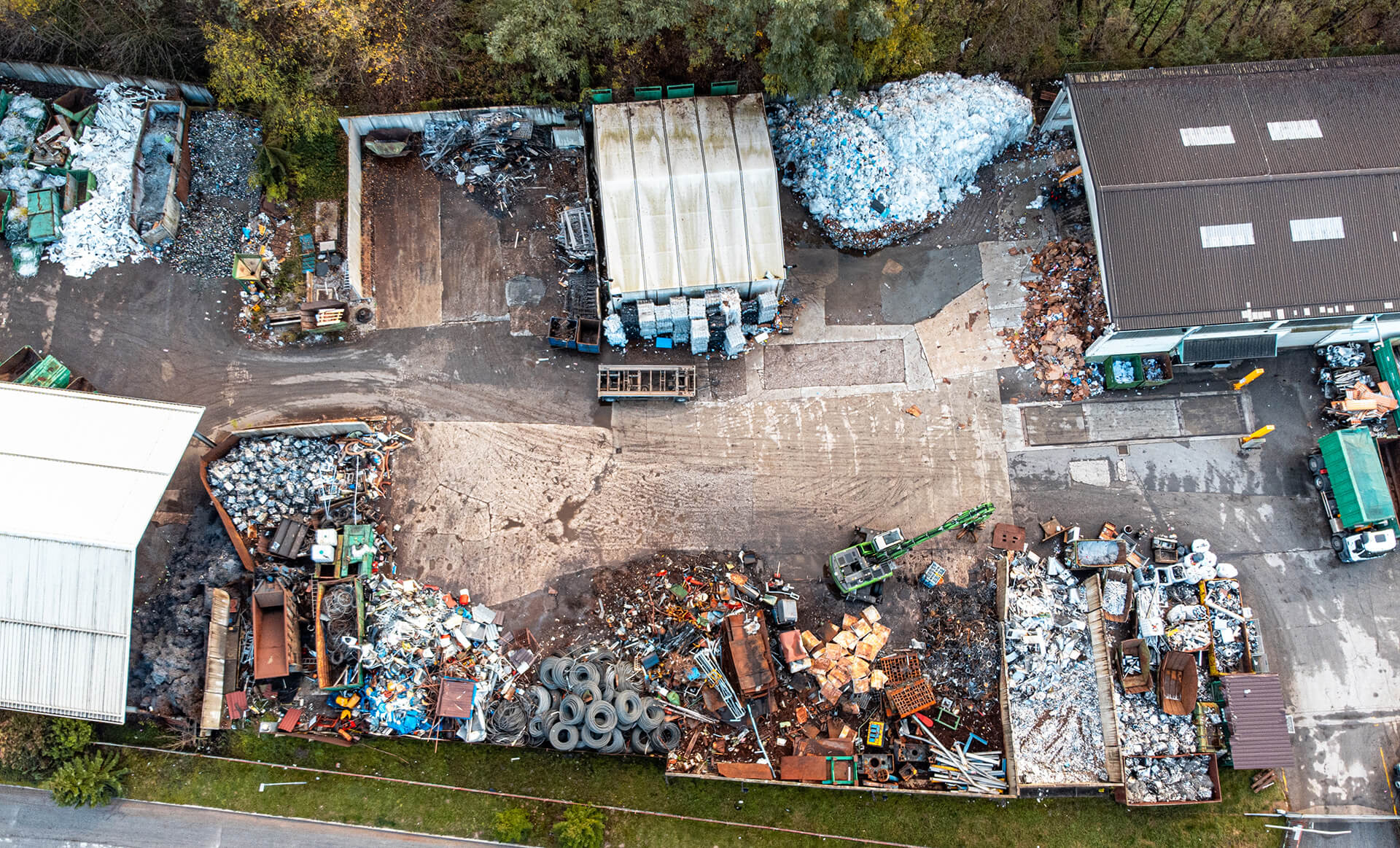
E-Waste Remediation at Former Recycling Facility
Developing Tailored Climate Adaptation Strategies to Safeguard Operations
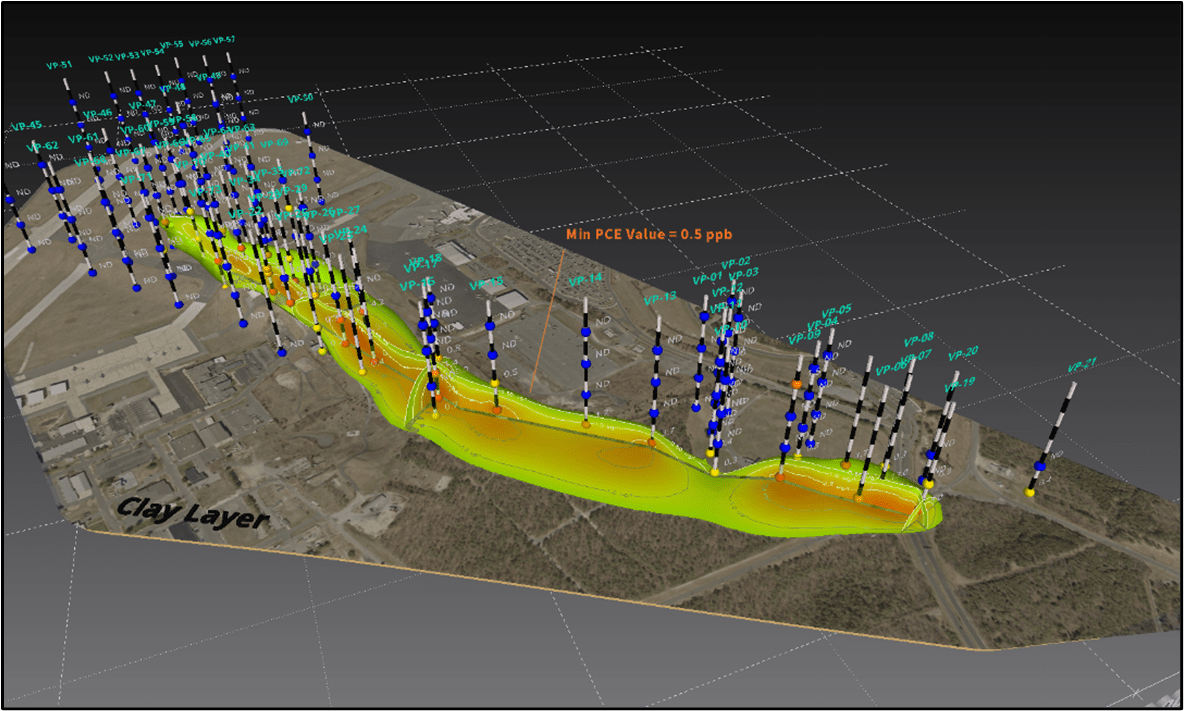
3D Visualization of PCE in Groundwater using Earth Volumetric Studio (EVS) Software
TRC implemented an innovative modeling and visualization approach leveraging the power of 3D volumetric technology.

Creating Solutions: Organic Disposal Reduction Status Impact Reporting
TRC became one of the first firms to successfully complete a Status Impact Report (SIR) in accordance with California’s effort …

Transaction Advisory Services – $7B Reshore Acquisition by a Global Private Equity Firm
TRC provided Transaction Advisory Services to a private equity firm in its acquisition of a $7B cloud technology company.
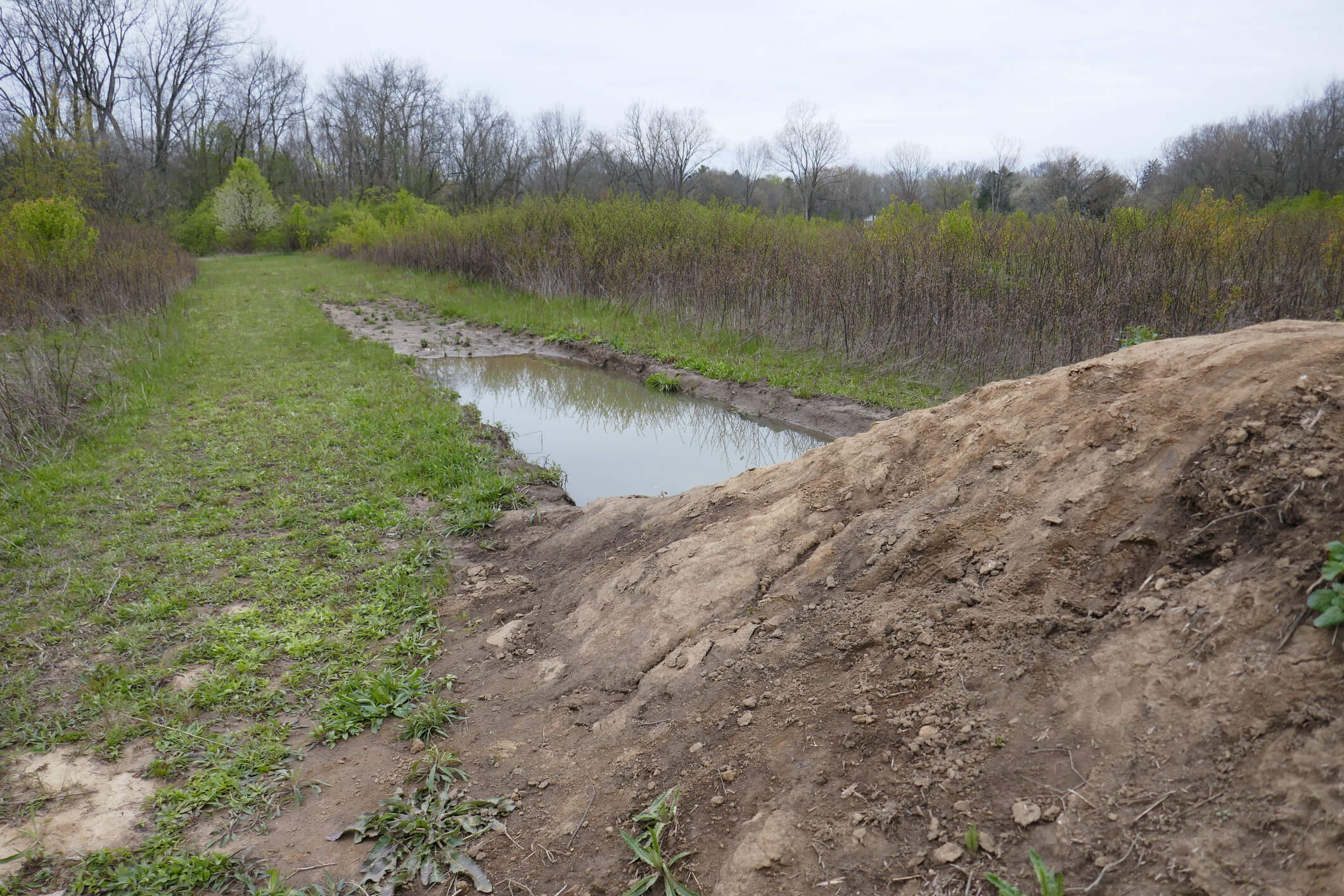
Soil and Groundwater Impacts at Whitneys Chevrolet
TRC delivered design, procurement, and construction services for 38 miles of transmission lines, two substation expansions, and equipment upgrades at …

UST Decommissioning and Remediation for Residential Properties
TRC performed extensive environmental investigations and remedial actions at several contaminated in-town properties in Port Gamble, Washington.
Sharing Our Perspectives
Our practitioners share their insights and perspectives on the trends and challenges shaping the market.
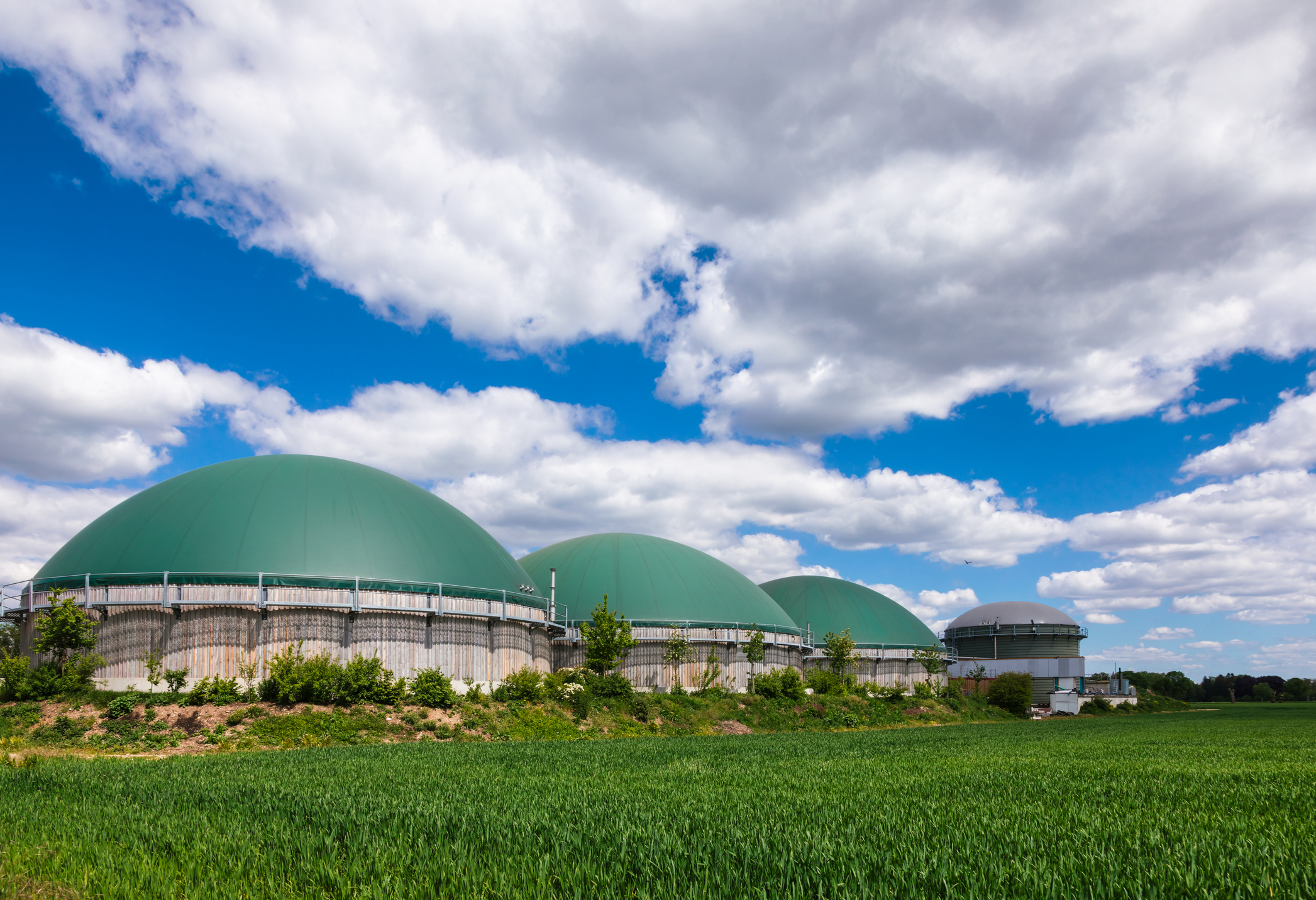
TDU Webinar- Bioventing Residual LNAPL Plumes
August 27, 2024
TRC’s expert discusses the basics of hydrocarbon bioventing and bioventing system and well design. Two case studies are also provided to demonstrate examples of bioventing source remediation and the installation of a bioventing system at a refinery and a bulk fuel farm.
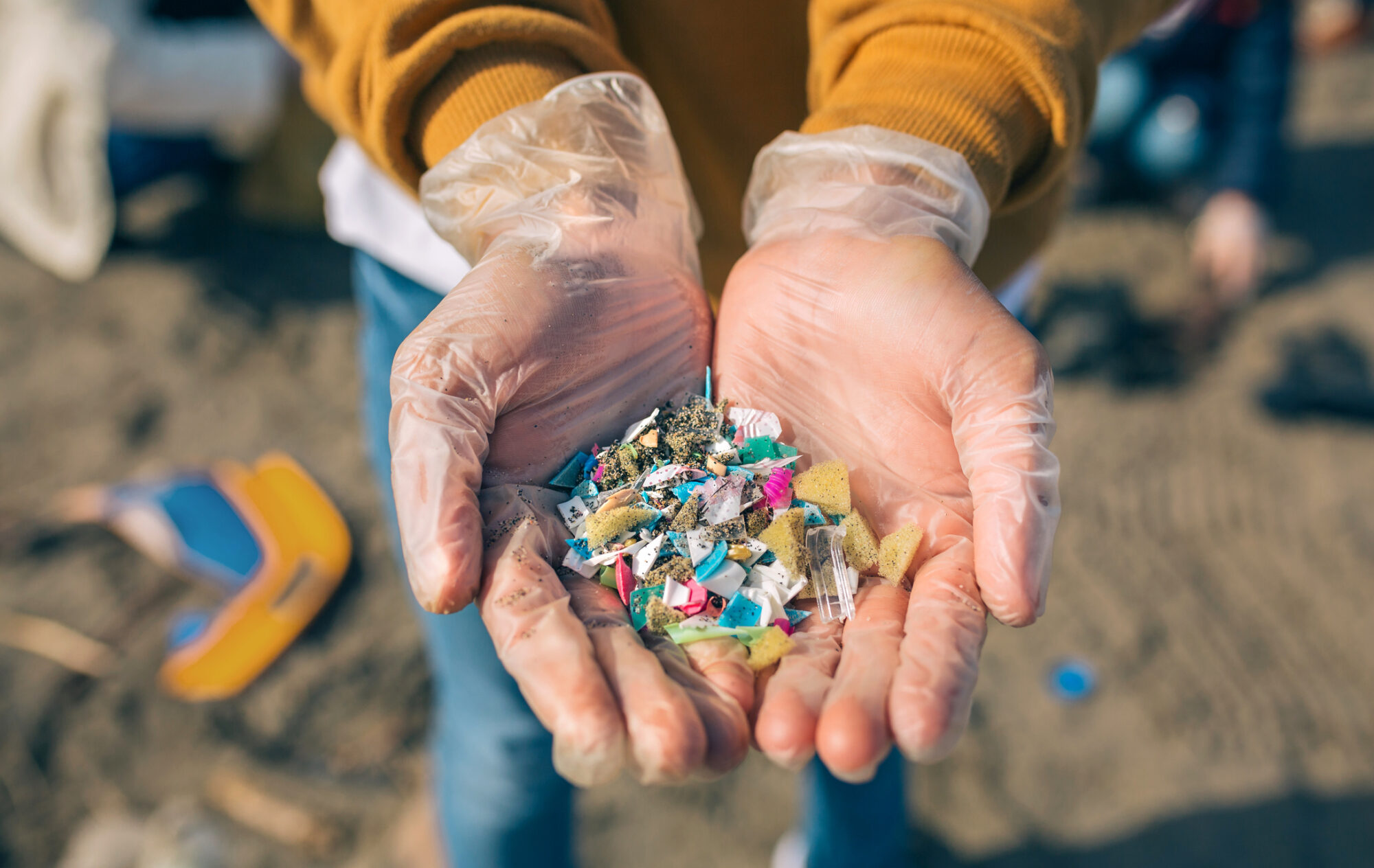
Microplastics ITRC Guidance Document and Training Available Soon!
February 23, 2023
Microplastic particles have been found in nearly every corner of the globe, but health effects and toxicity are only beginning to be understood. Because of their ubiquitous nature, microplastics present a challenge in both accurate sampling and source attribution. Microplastics are emerging as an environmental issue that regulators and industry will be increasingly focusing on in the coming years.

Odor Evaluation Services
February 23, 2023
TRC is nationally recognized as an expert in the field of odor measurement, identification, modeling and control engineering. This presentation includes an overview of odor properties, odor evaluation, modeling and odor thresholds and outlines the four sensory properties: detectability, intensity, character and hedonic tone.
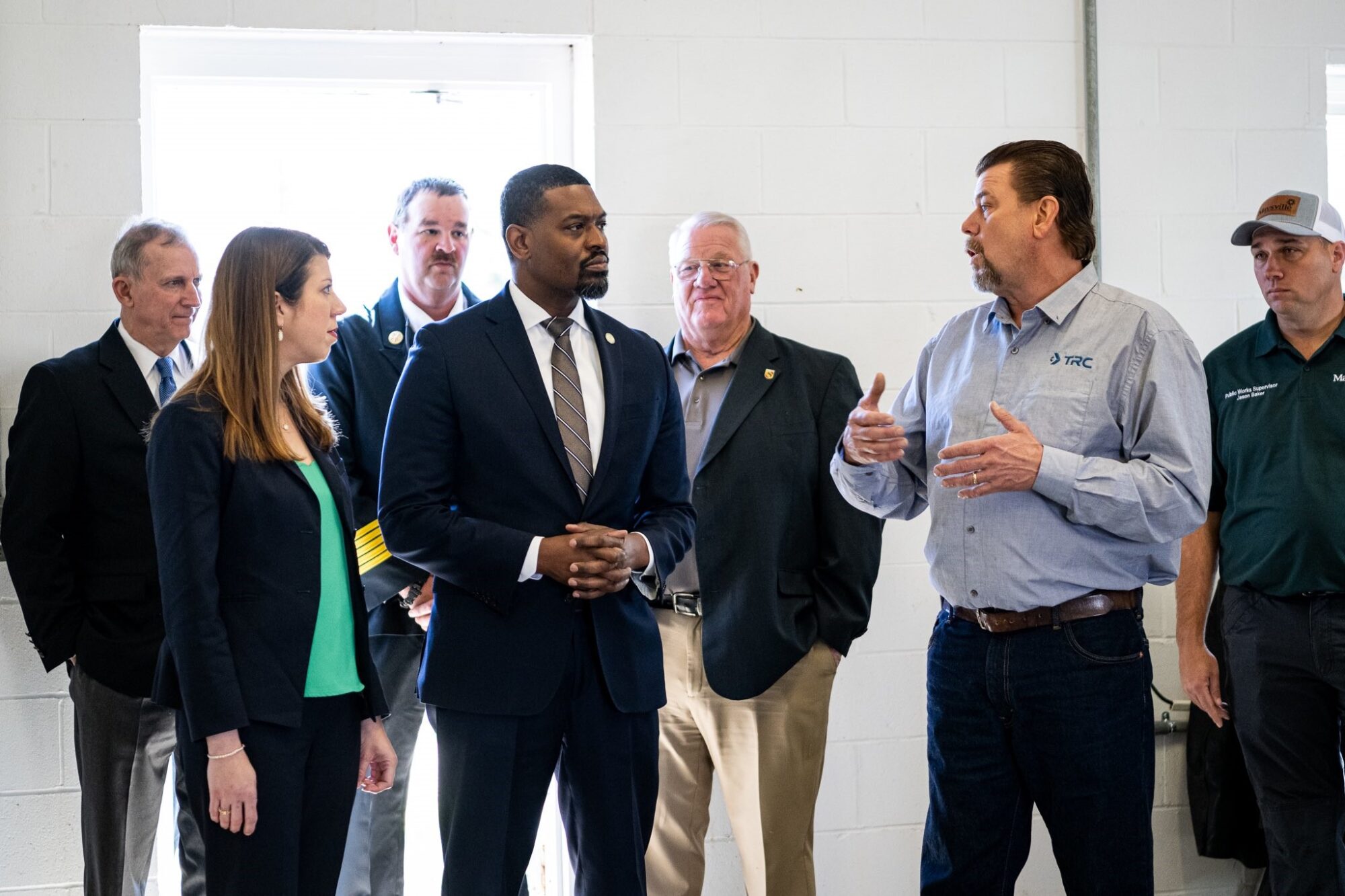
EPA Announces $2 Billion in Funding to Address Emerging Contaminants in Drinking Water
February 14, 2023
Environmental Protection Agency Administrator Michael Regan announced $2 Billion in infrastructure funding to help the nation’s rural water supplies.
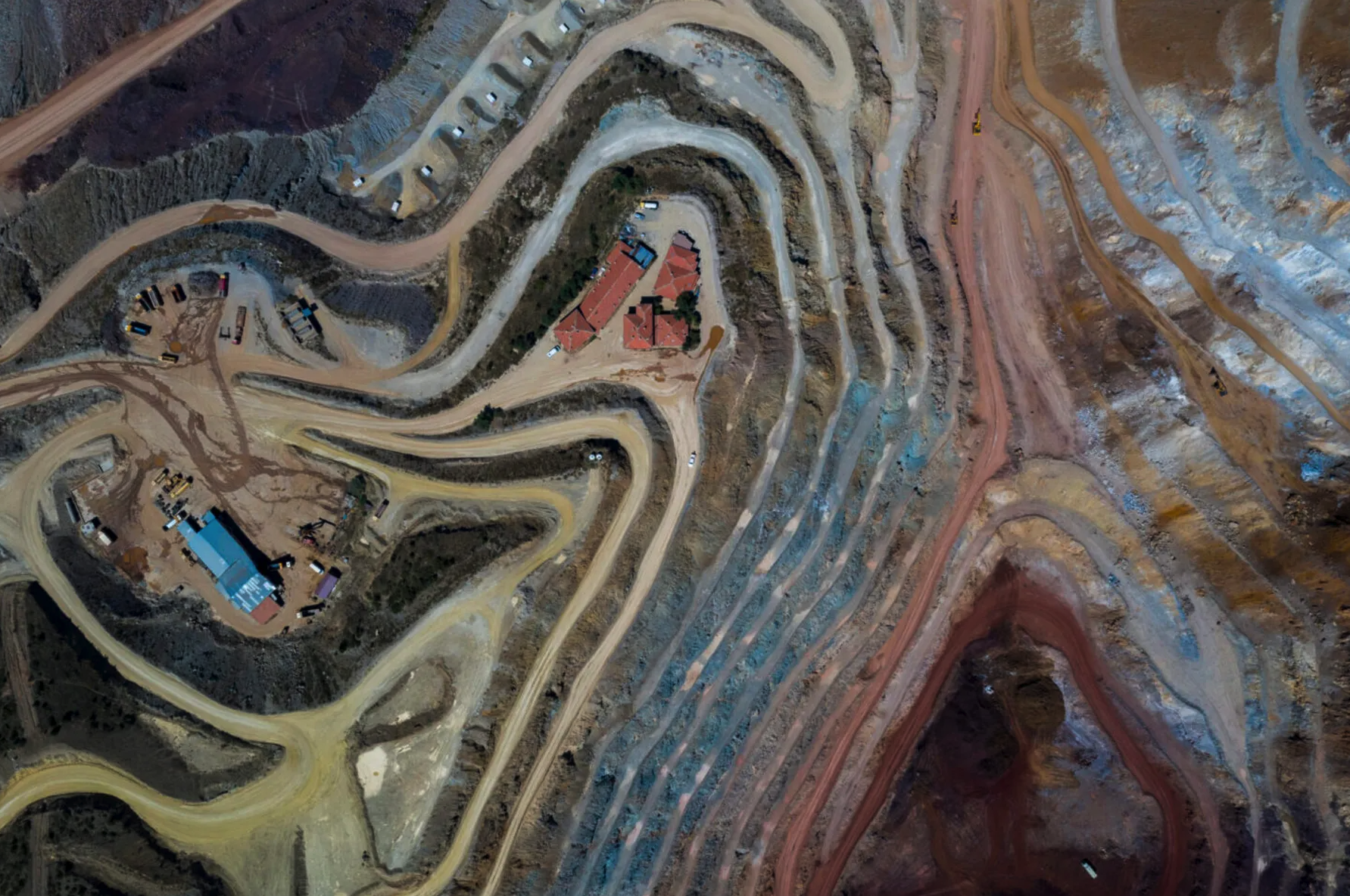
Metals 101
February 8, 2023
Metals are naturally occurring elements in the Earth’s crust that enter the environment through natural processes. They can be found in groundwater, soil and sediment. The trophic transfer of these elements in aquatic and terrestrial food chains has important implications for wildlife and human health.
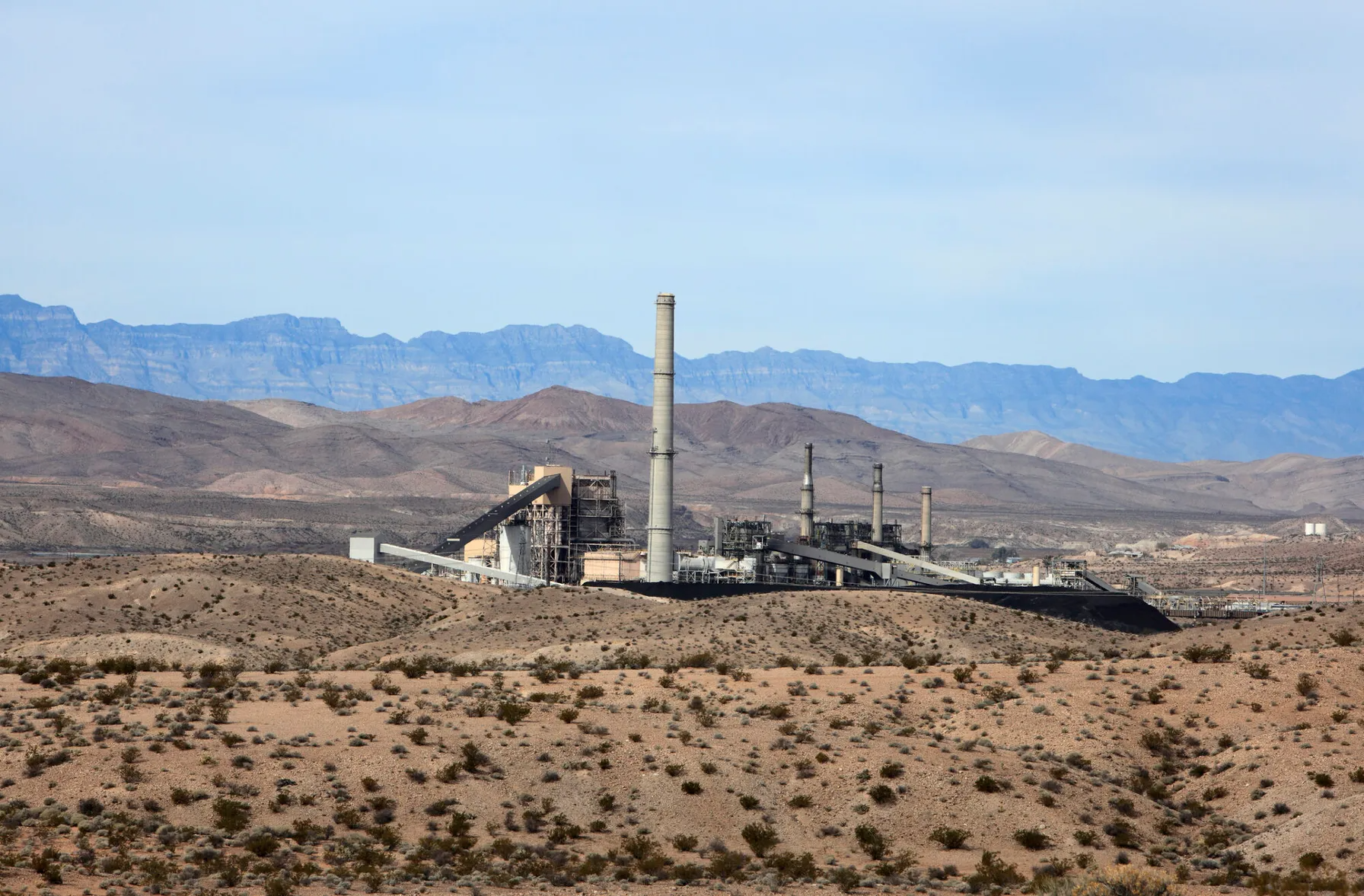
Biotic and Abiotic Reduction to Achieve Groundwater Compliance at CCR Sites
November 22, 2022
TRC conducted two case studies to test different EA strategies. In both studies, chemical and biological reduction to stabilize metals at former CCR sites were evaluated.

Implementing bioremediation at environmental cleanup sites: TRC experts weigh in at leading industry conference
May 17, 2021
TRC experts make several presentations at the Battelle conference about innovative approaches they have developed for implementing and monitoring bioremediation and the use of naturally-occurring or deliberately-introduced micro-organisms to break down environmental pollutants.

Iron sulfide: The “miracle mineral” in environmental remediation
April 26, 2021
Whether it’s treating an arsenic spill at a railroad site in Wisconsin or releases of chromium and other metals or metal-cleaning solvents at manufacturing sites in California, New Jersey, and South Carolina, a mineral marrying iron and sulfur -iron sulfide- is emerging as a powerful and versatile tool in the environmental remediation toolbox.
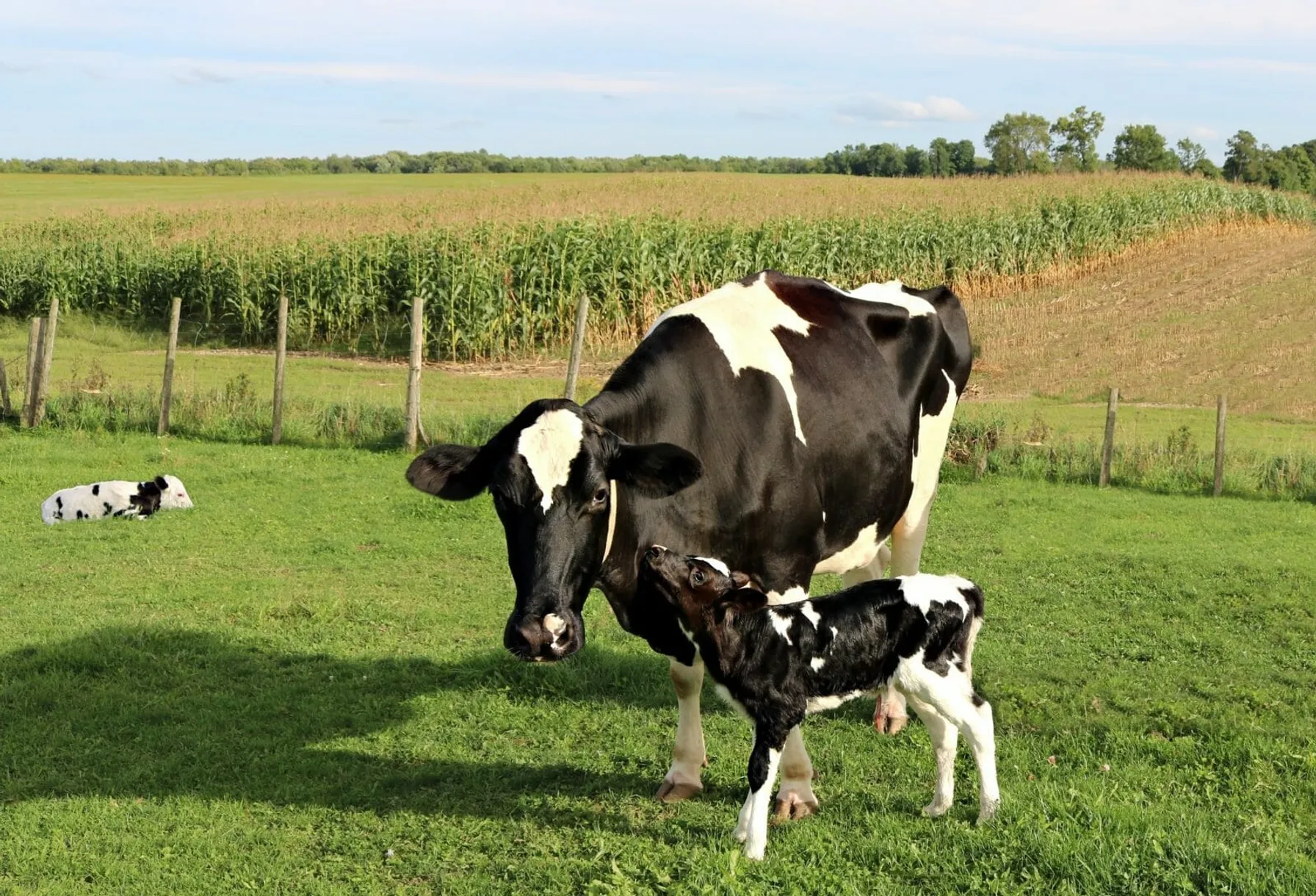
TRC Awarded a Yahara WINS Grant
August 28, 2020
TRC was recently awarded a Yahara WINS grant to develop a pilot scale simple aeration method for removing phosphorous from the discharge of manure digesters. The grant application was developed and submitted by: Bob Stanforth, Alyssa Sellwood, Mike Ursin, Ted O’Connell, Ken Quinn, and John Rice, who are members of multiple TRC CORE teams.

Ecological Risk of PFAS from AFFF-Impacted Sites
June 30, 2020
The facts on evaluating exposure to wildlife

